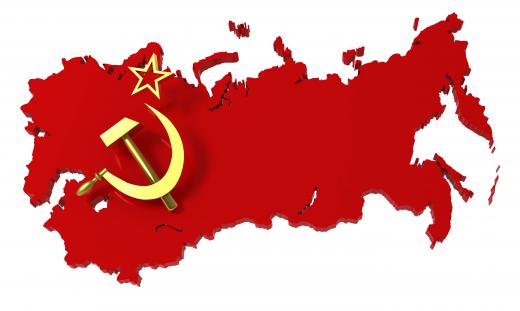What Was the Luna Program?
 Michael Anissimov
Michael Anissimov
The Luna program consisted of a series of robotic probes sent to the Moon by the Soviet Union between 1959 and 1976. Out of the more than 30 attempts, fifteen were successful, and achieved many significant firsts in space exploration. Even some of the “failures” achieved significant firsts, such as Luna 1, launched in 1959, which missed its intended impact with the Moon and became the first spacecraft to orbit the Sun.
Luna 2, launched in 1959, was the first man-made object to reach the moon, which it impacted with a hard landing. Later that same year, Luna 3 rounded the Moon and returned the first images of the lunar far side. Much to the astonishment of scientists, the far side of the Moon was largely smooth, lacking the large dark mare (“seas”) characteristic of the side that faces the Earth.

In February 1966, Luna 9 became the first space probe to achieve a soft landing on another planetary body, returning the first close-up images of the Moon’s surface. This served as an important prequel to the landing of men on the Moon during the Apollo project three years later. For a while, some scientists worried that the Moon was covered in a fine layer of dust tens of meters deep, which would prove an obstacle to any arriving astronauts. The Luna 9 landing decisively dismissed this concern.

Later in 1966, Luna 10 became the first artificial satellite of the Moon, orbiting it and taking pictures. Later, Luna 17 (1970) and Luna 21 (1973) became the first probes to deploy mobile rovers on the surface of another planetary body, returning valuable data via radio links with Earth. Luna 16, Luna 20, and Luna 24 were the first spacecraft to collect lunar soil and return it to the Earth. These missions only returned 0.326 kg of lunar samples, but the scientific importance was immense, as there was no prior way to do direct examination and testing of lunar soil.
AS FEATURED ON:
AS FEATURED ON:













Discuss this Article
Post your comments